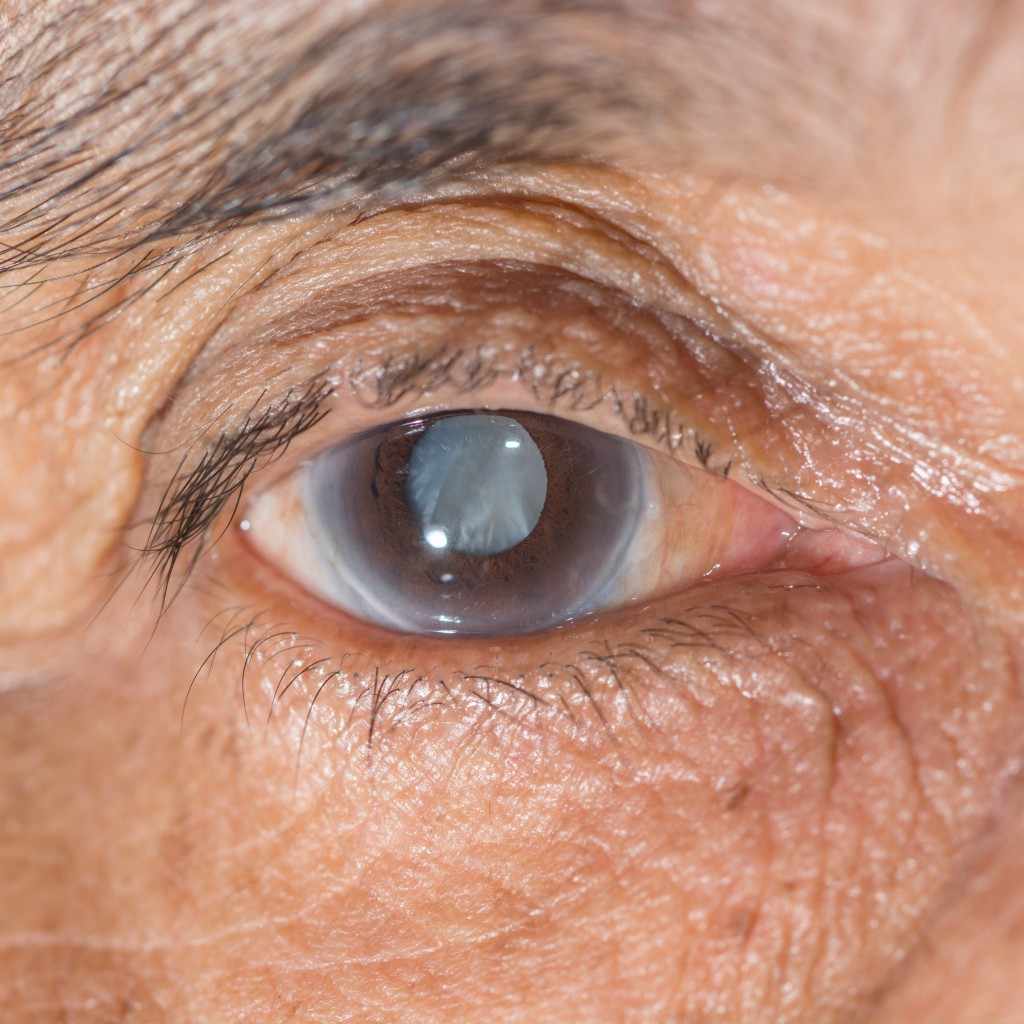-
Laser treatment an option for cataract removal

For many, clear vision is not possible without spectacle correction, and proper eyewear is important to enjoy vision to its fullest. While glasses or contacts can help render clear vision, sometimes your eye exam will reveal other conditions that can impact eyesight.
“Cataract, or opacity of the lens inside the eye, can keep properly focused light from fully reaching the retina,” says Dr. Ronald Hessler, Mayo Clinic Health System ophthalmologist. “Occasionally occurring in children or younger adults for genetic or medication reasons, this lens opacification affects most of us to some degree in later life.”
Age-related cataracts affect more than 22 million Americans. Fortunately, cataract removal surgery can restore vision by removing the hazy lens and replacing it with a clear intraocular lens (IOL) implant.
IOL implants are prescription lenses that are specifically chosen for your eye's degree of nearsightedness or farsightedness, often reducing your need for glasses to see in the distance and, for some, resulting in only the need for inexpensive reading glasses. Also, IOL implant technology has advanced to allow premium lenses to neutralize astigmatism, which is irregular focusing of light into the eye, and even multifocal IOL implants to yield clear vision at distance and for reading at near.
“A question I've often been asked is: ‘Can cataract surgery be done with laser?’ Until recently, the answer was no,” says Dr. Hessler. “Laser refractive surgery, known by names such as Lasik (laser-assisted in-situ keratomileusis) and PRK (photorefractive keratectomy), has been popular in recent years. This technology reshapes the cornea — the clear domed windshield on the surface of the eye — to better focus light through the lens inside the eye and onto the retina, eliminating or reducing the need for glasses.”

While a viable solution for many, this treatment will not correct an eye with cataract, since the focused light still passes through the hazy cataract lens inside the eye. Your cataract surgeon must enter the eye through the cornea to access, then fragment and remove the cataract using ultrasound energy before placing the IOL implant.
Modern cataract surgery allows the incisions to be tiny (only slightly larger than the diameter of a toothpick), resulting in speedy recovery and discharge home after the procedure lasting only about 20 minutes.
Until now, the surgeon has had to create the corneal and lens access incisions manually using blades and instruments. While a practiced surgeon can accomplish this with great skill, new laser technology enables even greater precision in creating the incisions required in cataract surgery.
The laser treatment, called femtosecond laser surgery, is performed at the beginning of the procedure, is painless and only lasts about 30 seconds. It enables more efficient cataract removal, requiring less energy and less stress to the eye. It also results in faster recovery and getting you back to enjoying life with the best eyesight possible.
“If new glasses alone aren't enough to correct your vision, ask your eye care provider if you have cataracts and if you are a good candidate for femtosecond laser surgery,” says Dr. Hessler.
Related Articles







